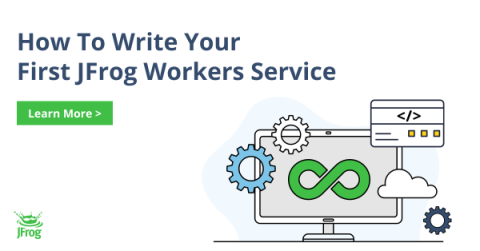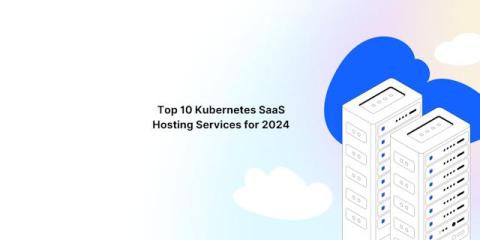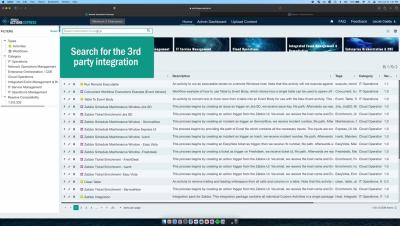The Dawn of Automated Edge
As technology continues to advance at a rapid pace, a new frontier has emerged in the world of networks - the automated edge. But what exactly does this mean for business and why does it matter? In simple terms, automated edge refers to self-configuring, self-optimising, and self-healing capabilities being built into edge devices and software.











